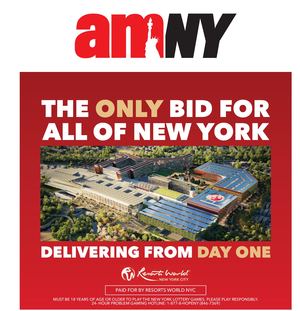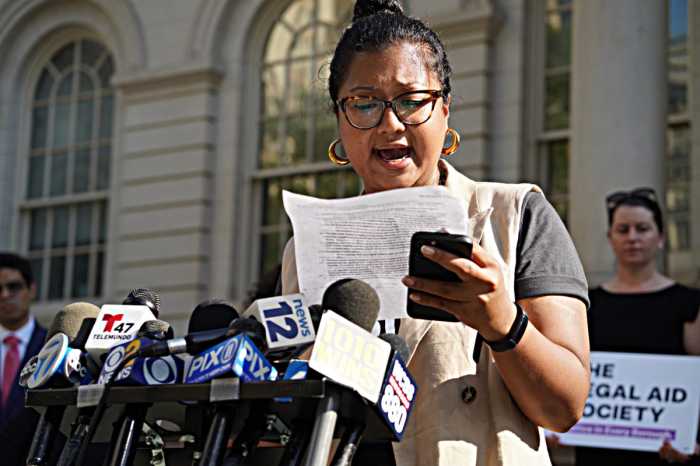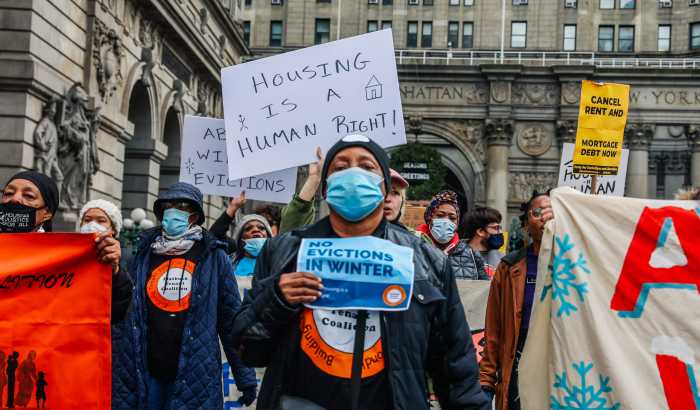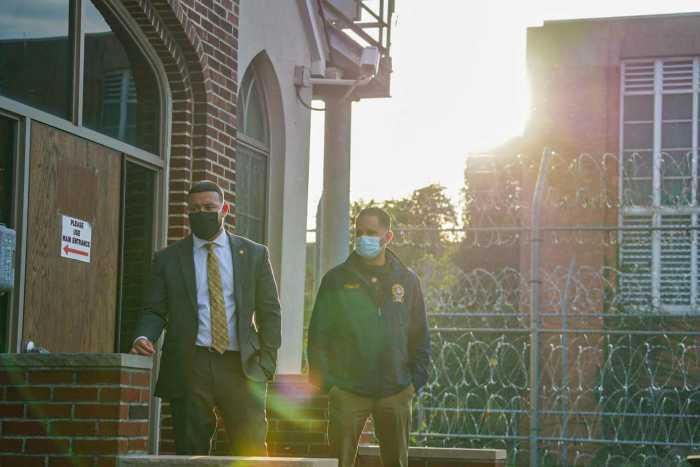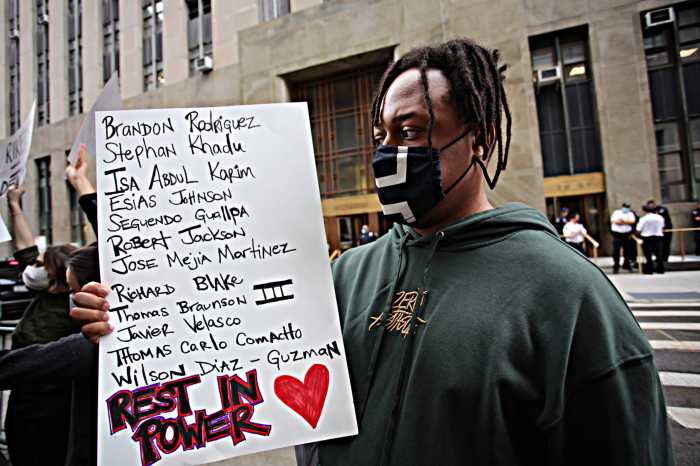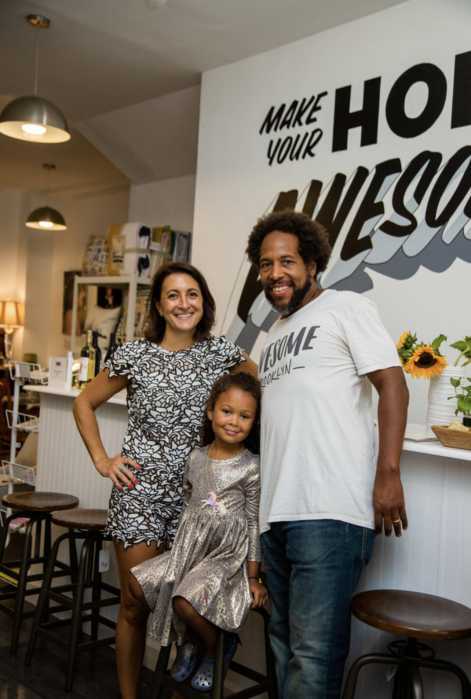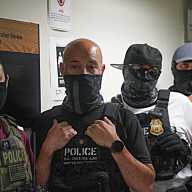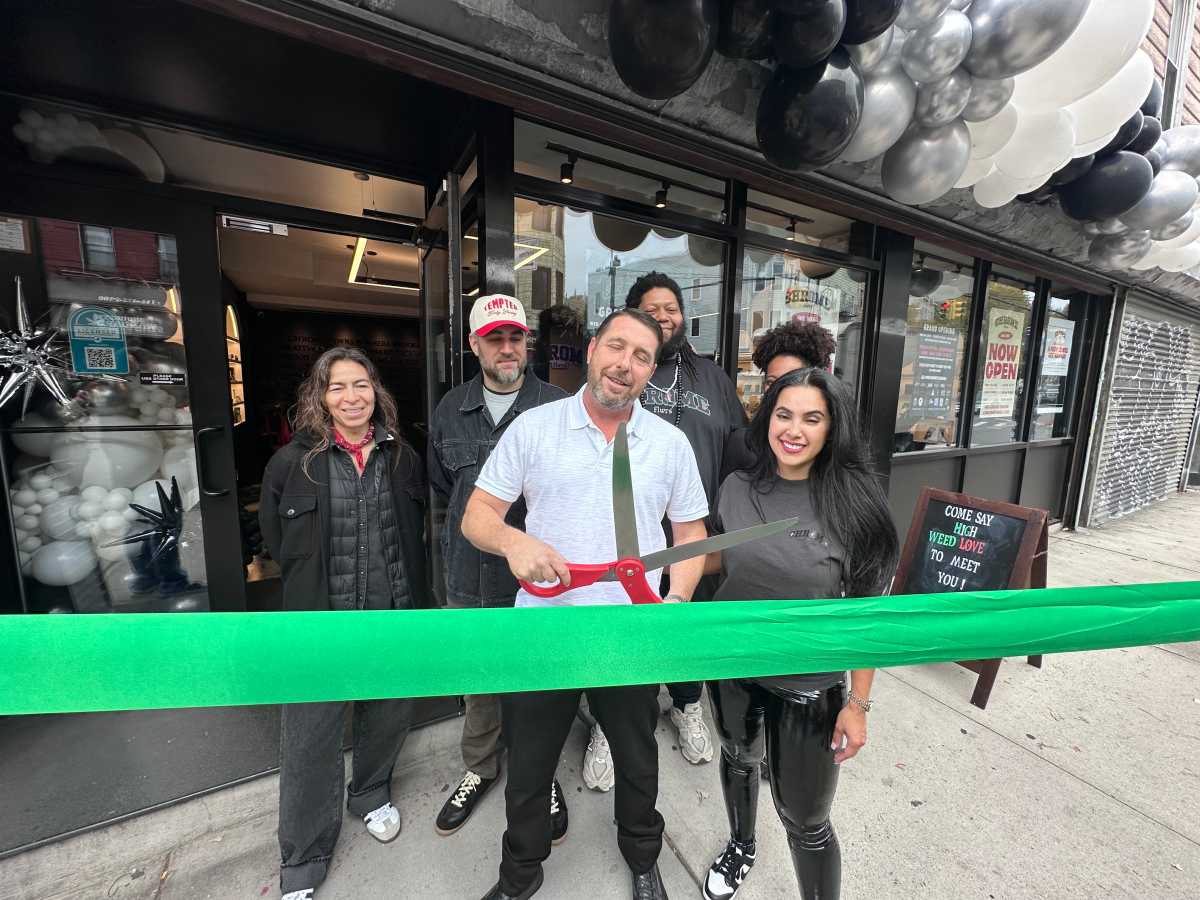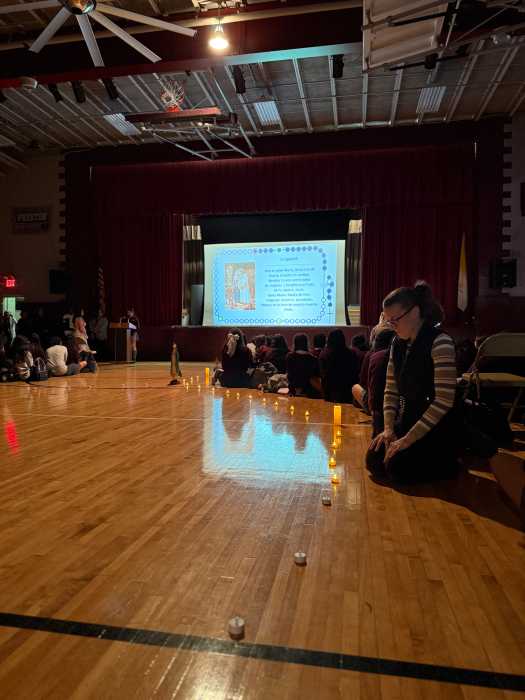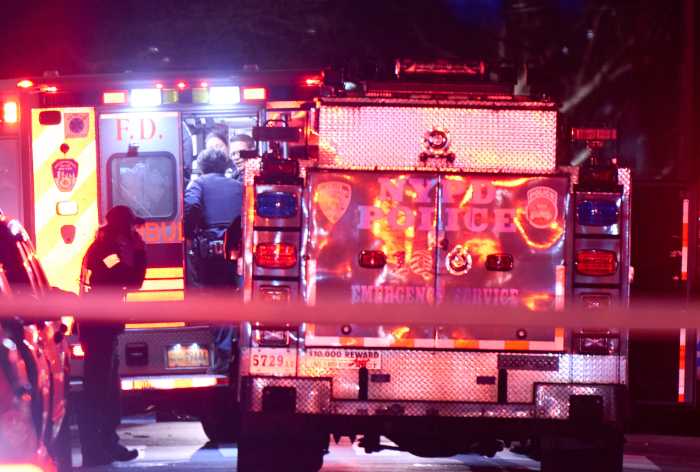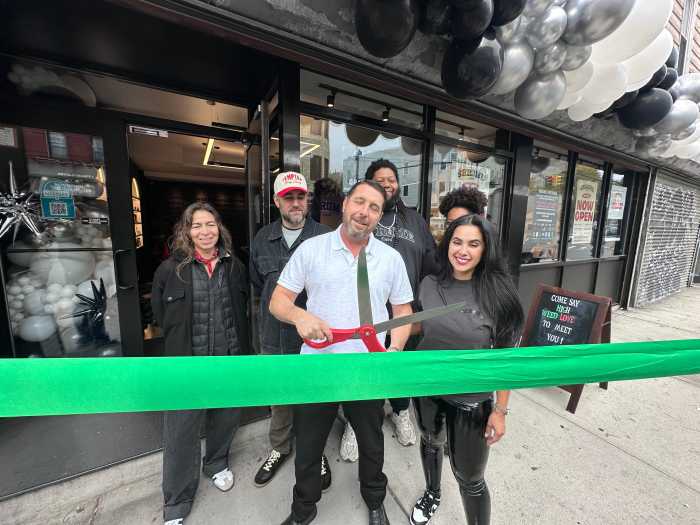On Wednesday, the City Council held a hearing examining the CityFHEPS program, a local rental assistance program, and proposed legislation that to amend its eligibility requirements and provide greater assistance to people in danger of falling into homelessness.
Similar to the Section 8 housing choice voucher program, many sheltered, unhoused, and at-risk individuals and families rely on the cityFHEPS program to transition into permanent housing. The Committee on General Welfare, which oversees the city’s social and homeless services departments, held the Jan. 18 hearing in the Council chambers.
One bill, sponsored by Council Member Pierina Ana Sanchez, would remove the current eligibility requirement that an individual or family prove that they are employed. The bill would also change the maximum total gross income for eligibility for a CityFHEPS rental assistance voucher from 200 percent of the federal poverty level to 50 percent of the area median income, which is $46,700 for an individual and $77,400 for a family of six.
Sanchez said she hopes her bills would remove some bureaucratic barriers that make obtaining CityFHEPS impossible for some families.
“We need to remove barriers to access to move more and more into permanent housing,” Sanchez said.
Manhattan/Bronx Council Member Diana Ayala sponsored another bill that would prohibit the NYC Department of Social Services from “requiring an individual or family to reside in a shelter before becoming eligible for a CityFHEPS rental assistance voucher.”
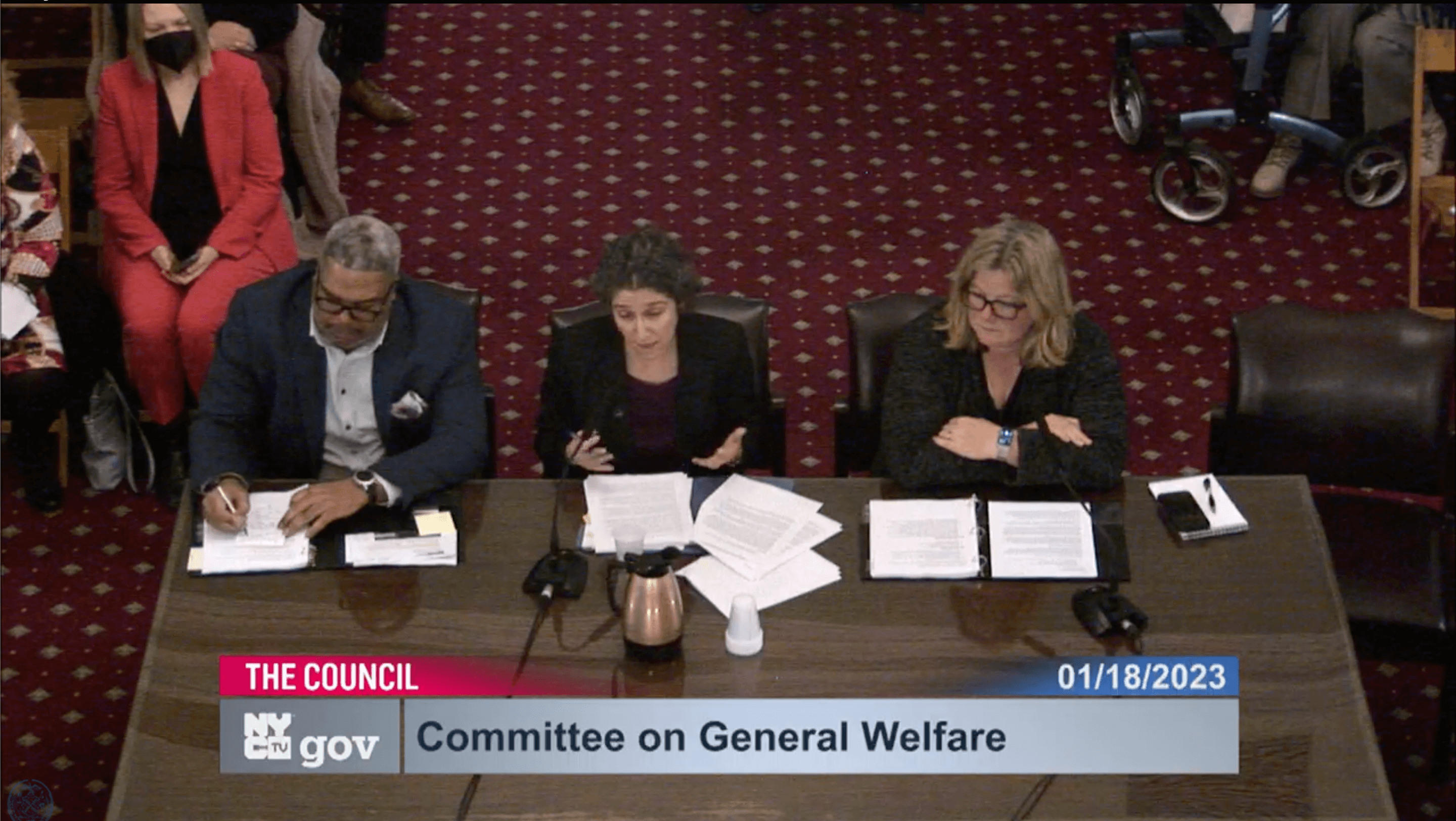
But this time period contradicts what council members have heard from many CityFHEPS recipients, who have said they have waited four to six months before starting the transition process. Park said delays could happen because “there are lot of players in the process who need to do something. We need landlords to do something. We need income documentation from clients.”
Sometimes, just one missing paystub could prolong the process, Park added.
“There’s multiple points along the process where delays can happen,” Park said. “Then there’s a slew of unique circumstances.”
Park also acknowledged claims that staffing shortages have contributed to significant delays in voucher administration and processing.
There are currently 100 people on the DHS rehousing team that help process vouchers, and DHS is planning to create an additional team to troubleshoot and answer questions from clients and landlords.
Park addressed what’s known as the 90-day rule, which requires people to be in shelters for three months before they are eligible for CityFHEPS: “The biggest limitation is housing supply. There are households in the shelter system who have held a shopping letter for more than 90 days. The timing isn’t the issue, it’s the ability to find housing where you can use the CityFHEPS voucher.”
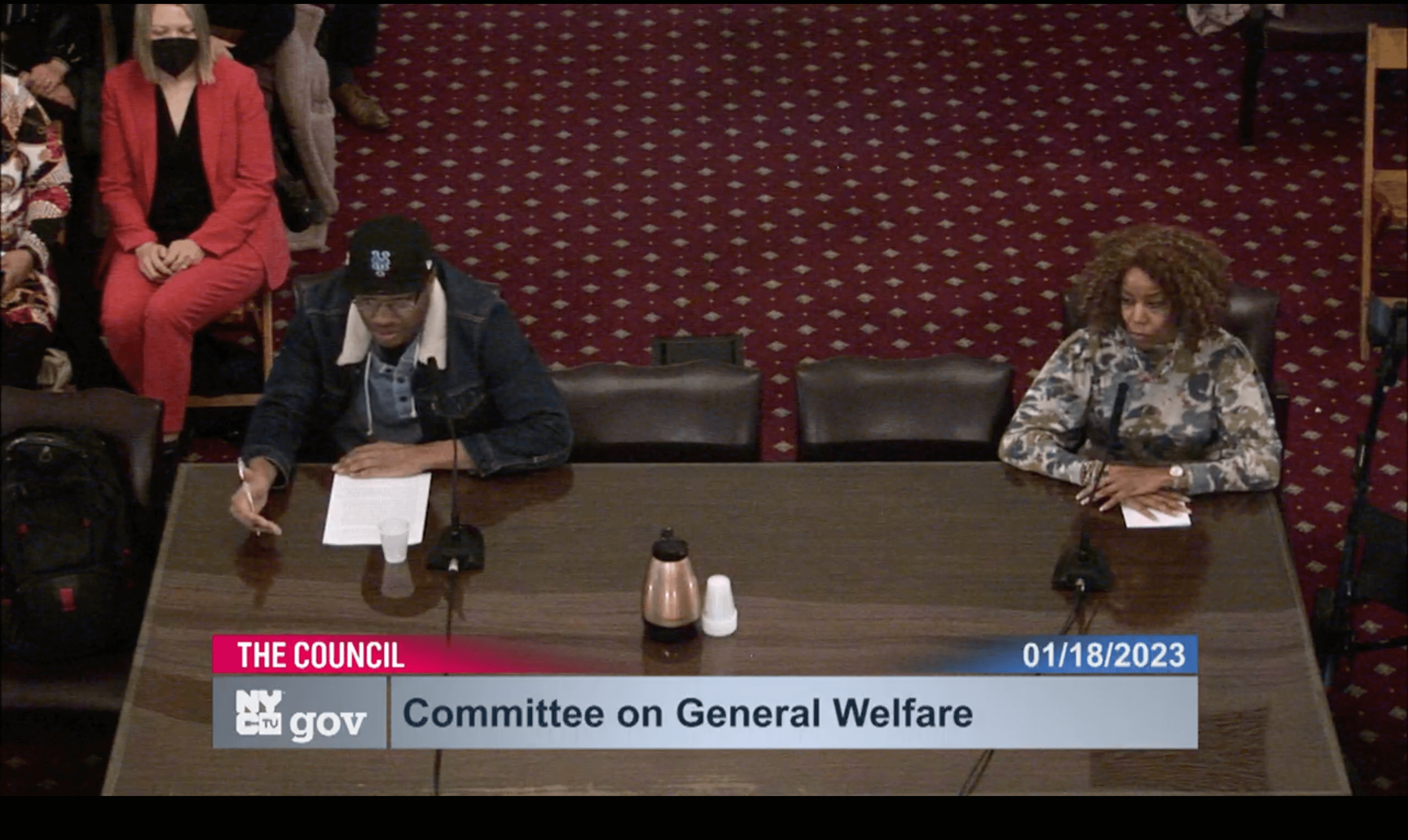
Celina Trowell, a homelessness organizer with VOCAL-NY, said the CityFHEPS program is “one of the most successful tools that we have in the city to try and get people out of shelters into permanent safe housing.” Trowell flagged issues and shortcomings, ranging from administrative flaws and errors when processing CityFHEPS applications, structural barriers, and long delays that kept people in shelters for extended periods of time.
“If you have a tool that is meant to be successful, and a crisis that we’re having right now, we need that program to actually work right,” Trowell said.
The Legal Aid Society and the Coalition for the Homeless called for reforms to expand eligibility to the CityFHEPS program, including utility credits for CityFHEPS tenants, expanding the program to non-citizens and rent-burdened elderly and disabled New Yorkers, and eliminating the rule requiring homeless families to be in shelters for 90 days before they can apply for CityFHEPS. Advocates are pushing towards a parity between the CityFHEPS program and Section 8 housing choice voucher program.
“We really want the different voucher programs to match each other and not have voucher programs that are more desirable than others,” said Robert Desir, staff attorney at the Legal Aid Society.
“We know that undocumented New Yorkers tend to be the ones that are in shelter the longest because they are not eligible for any type of rent related program,” Trowell said. “They end up languishing without any glimmer of hope to be able to gain access to housing.”
Milton Perez spent five years in the shelter system before getting a CityFHEPS voucher. He supports eliminating the 90-day rule.
“I was lucky to get a voucher and finally get an apartment,” Perez said. “But the main issue people have is the 90-day rule. Sometimes you have to wait three months to start the process of housing. There’s mental health conditions to take consideration of. You need to start the housing process immediately. The main focus should be housing first and to bring people out of the shelter.”
Karim Walker, an organizer with the Urban Justice Center who is a recipient of a CityFHEPS voucher, called the program “nothing short of a godsend.” Walker said the program’s biggest issues are the 90-day wait period, the process of moving someone to safe housing, and income discrimination.
“We have more vacant apartments than homeless people,” Walker said. “We can house every homeless person in New York City and still have leftover housing stock.”
